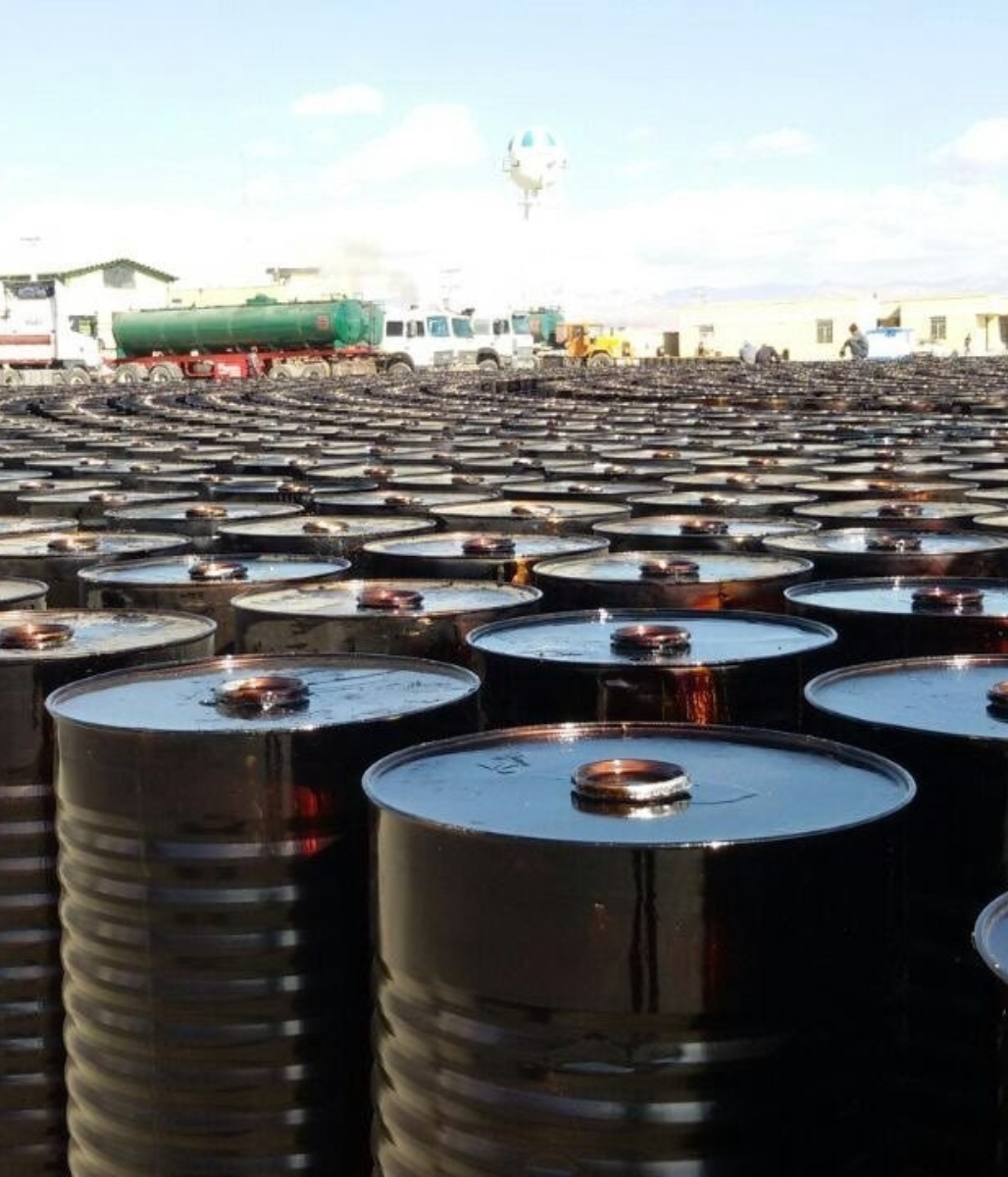Kerosene
Kerosene (also known as paraffin oil) is a flammable hydrocarbon liquid derived from crude oil and primarily used as a fuel in heating, cooking, and aviation. It is a versatile fuel that has a wide range of applications, particularly in industries requiring a high-energy, stable fuel source. Kerosene is typically refined through distillation, and its properties vary depending on the intended use, though it is generally composed of alkanes, cycloalkanes, and aromatic hydrocarbons.
Key Characteristics:
- Appearance: Kerosene is a clear to pale yellow liquid with a distinctive odor. It is typically colorless but can be tinted with dyes for identification.
- Flash Point: Kerosene has a relatively low flash point, typically between 38°C and 72°C (100°F to 162°F), which makes it safe for storage and handling under controlled conditions.
- Freezing Point: Kerosene has a relatively low freezing point, typically around -47°C (-53°F), which is beneficial for use in colder climates.
- Energy Content: Kerosene provides a high energy density, making it suitable for various applications.
Common Uses:
Aviation Fuel (Jet A-1):
Kerosene is the primary component of aviation fuels, including Jet A-1, used in commercial and military aircraft. It provides reliable, high-energy performance, especially at high altitudes.
Heating Fuel:
Kerosene is widely used in space heaters and central heating systems, particularly in areas without access to natural gas. It is effective in providing warmth in residential and industrial settings.
Cooking Fuel:
In many developing regions, kerosene is used for cooking, particularly in kerosene stoves and burners. It is a popular fuel for cooking in areas where other energy sources, such as electricity or gas, are less accessible.
Industrial Uses:
Kerosene is used as a solvent in industries for cleaning, degreasing, and thinning paint. It is also a base for some lubricants and coatings.
Fuel for Lamps:
Historically, kerosene was commonly used in lamps and lanterns, especially before the widespread availability of electricity. It still has applications in areas without reliable electrical supply.
Environmental and Health Considerations:
While kerosene is an effective fuel, its use can have environmental and health implications. Burning kerosene releases carbon dioxide (CO2) and other pollutants, contributing to air pollution and climate change. Kerosene combustion also produces particulate matter and sulfur compounds, which can affect air quality. To mitigate these effects, there has been increased interest in alternative fuels and more efficient combustion technologies.
Kerosene should be stored and handled with care, as it is flammable and poses risks of fire and explosion if improperly managed. Additionally, prolonged exposure to kerosene vapors or skin contact can lead to health issues, such as respiratory problems or skin irritation.
Overall, kerosene is a widely used and adaptable fuel with applications across various industries, though its environmental impact and safety concerns highlight the need for responsible use and innovation in alternative energy sources.



